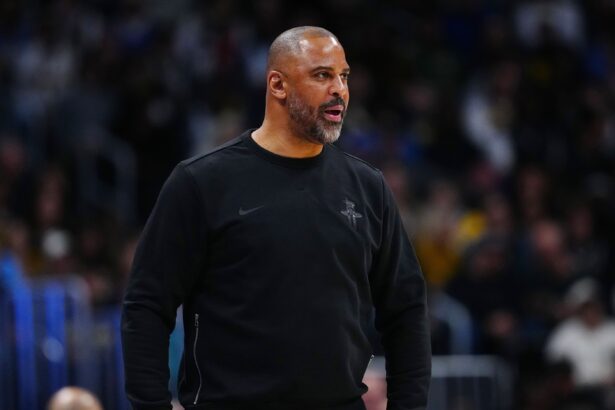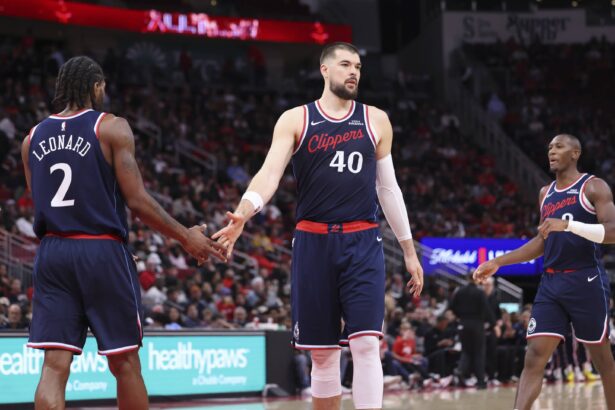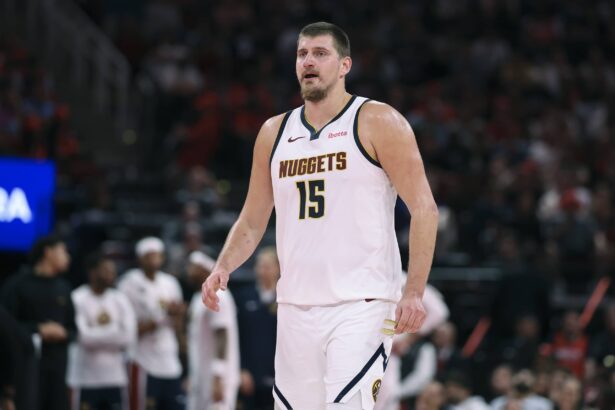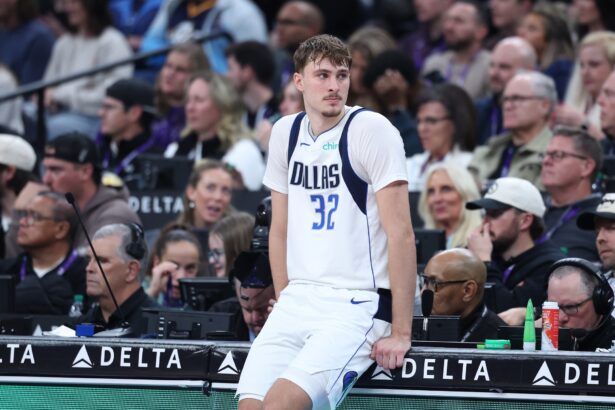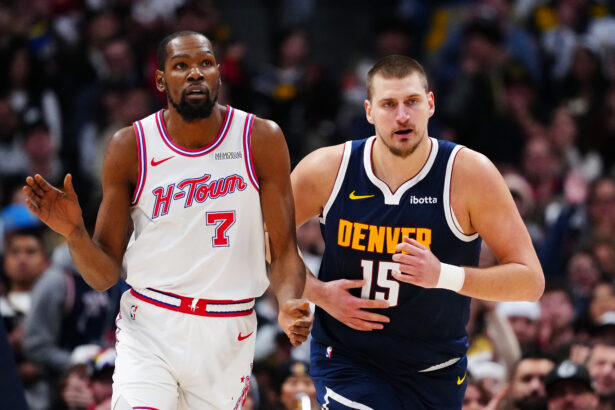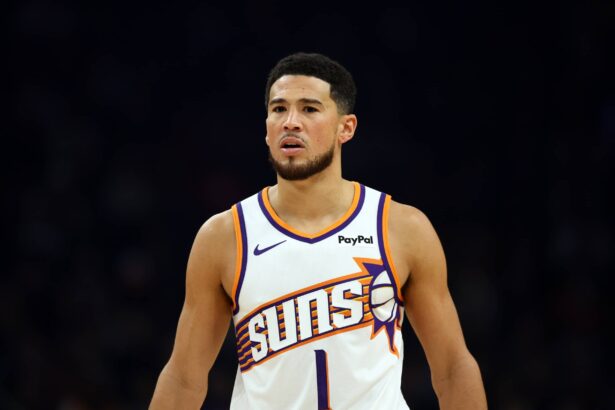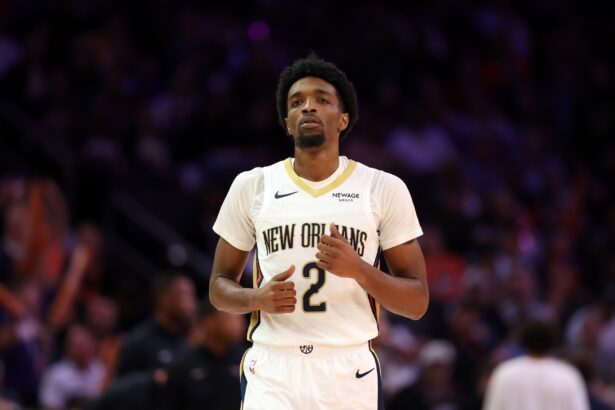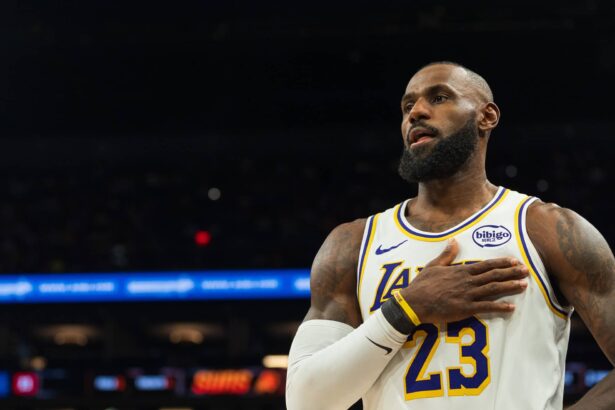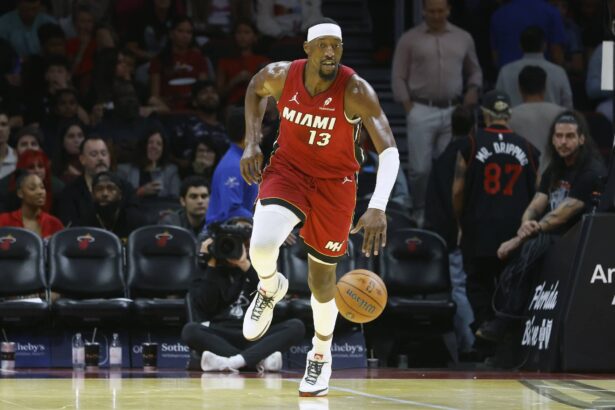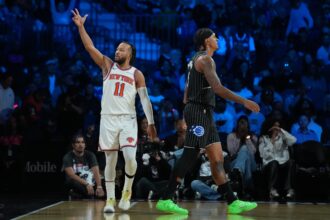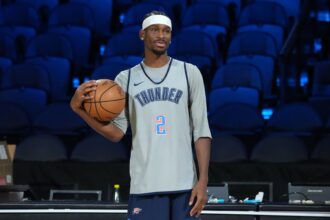Gilbert Arenas recently shared his frustration with the NBA’s growing obsession with three-point shooting on his podcast, Gil’s Arena. He criticized teams for their over-reliance on the long ball, questioning the efficiency and logic behind such strategies.
“43, 51, 48 [three-point attempts per game], and y’all scoring 110, 115. What part of math doesn’t register to y’all? Are y’all on a new math? Go back to old school math, where it was simple. Two current teams in the last 40 years cracked the top 10 in scoring.”
“Y’all chucking all these threes, man. You’re not scoring buckets. The point is get the ball in the basket by any means. If you shoot 50 free throws, that’s 50 points, right? 50 layups, that’s 100 points, right? None of y’all are making 50 3s. So get that out your brain. Unless you shoot 200, the way you guys are shooting.”
Arenas expressed his dismay at how teams are prioritizing three-point attempts over other, more reliable scoring methods. His argument boiled down to a fundamental truth of basketball: scoring efficiently matters more than volume, and three-pointers, while valuable, are not always the most effective path to success.
Arenas’s concerns are reflected in the statistics. The average three-point attempts per game have been steadily climbing over the years. In the current 2024-25 NBA season, teams are attempting an average of 37.4 threes per game. This is up from 35.1 attempts in 2023-24, 34.2 in 2022-23, and 22.4 just a decade ago during the 2014-15 season. Compare this to 20 years ago, in the 2004-05 season, when teams attempted just 15.8 threes per game—a stark reminder of how much the game has evolved.
Despite the increased three-point volume, scoring averages haven’t skyrocketed in the way one might expect. None of the top eight scoring seasons in NBA history belong to recent years. The 2022-23 season ranks ninth, the 2023-24 season ranks tenth, and the 2024-25 season is eleventh. These numbers suggest that the increased reliance on threes isn’t translating into historic scoring outputs.
Arenas also noted how some teams are shooting more than 40 threes per game, with one outlier—the Boston Celtics—attempting over 50 per game, accounting for more than 50% of their shots. While Boston’s generational talent and efficiency may make this work, most teams struggle to convert at a rate that justifies such high-volume attempts. As Arenas suggested, focusing on other scoring methods might yield better results.
Only two teams this season, the Cleveland Cavaliers and the Indiana Pacers, rank among the top 10 highest-scoring teams in NBA history. Cleveland ranks sixth, and Indiana is seventh. No other team from this season even cracks the top 20, illustrating that chucking threes isn’t a guaranteed recipe for offensive dominance.
Arenas’s critique is a call for balance. While the three-pointer is an essential part of modern basketball, teams need to reassess how heavily they rely on it. By diversifying offensive strategies and focusing on higher-percentage opportunities, teams could potentially improve efficiency and scoring totals. As Arenas put it, the goal remains simple: “Get the ball in the basket by any means.”
Thank you for being a valued reader of Fadeaway World. If you liked this article, please consider following us on Google News. We really appreciate your support.






